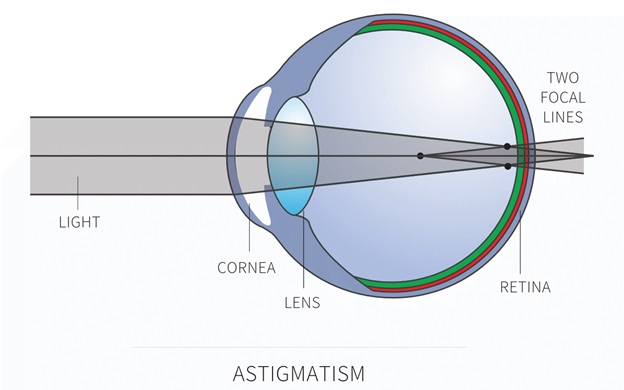
Today, without the «tin», as you asked
There is already a post about how the laser cuts by creating millions of cavitation bubbles in the cornea layer of the eye, and analyzing telemetry from the real operation in seconds with comments of the surgeon's actions.
Now FAQ about various related things
— If I look away while the laser is running, what will happen?
You simply will not work. In fact, immediately after anesthesia, the eye is pressed against a special pneumocapture. To blink at you too will not leave because of fixing (it is not long and not for long). The only moment where it is possible to seriously disrupt the course of the operation is to pull the head down strongly, pulling it out of the headrest by a serious willed effort. In this case, the operation will instantly stop. More precisely, it will stop even before the loss of capture (details below).
— How should an operating room be prepared?
In general — as a normal operating room, that is, a room with a clean area (air filtration, overpressure to prevent contamination from the outside after cleaning). It is important for the procedure that microparticles of dust flying in the air do not fall between the laser lens and the eye.









